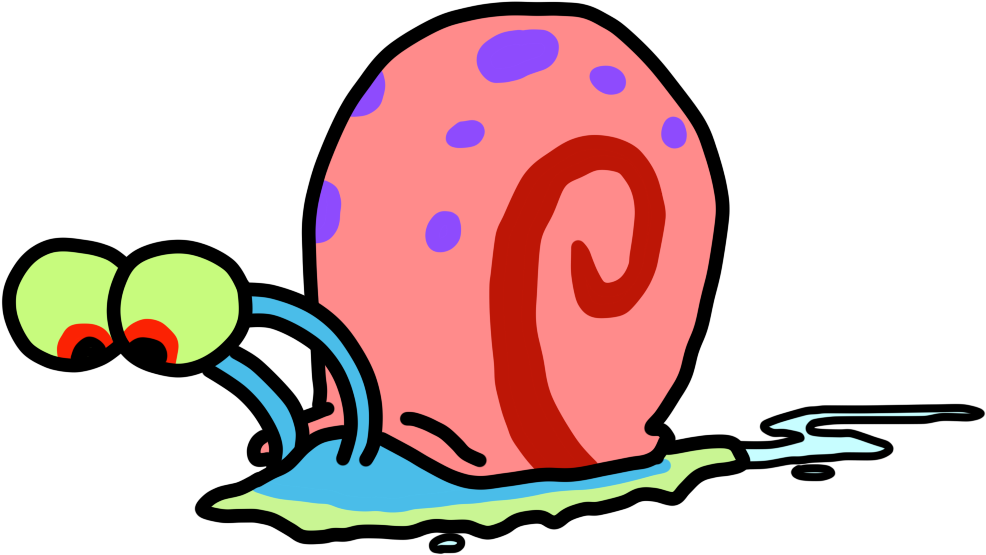It is now clear that generative artificial intelligence (AI) such as large language models (LLMs) is here to stay and will substantially change the ecosystem of online text and images. Here we consider what may happen to GPT-{n} once LLMs contribute much of the text found online. We find that indiscriminate use of model-generated content in training causes irreversible defects in the resulting models, in which tails of the original content distribution disappear. We refer to this effect as ‘model collapse’ and show that it can occur in LLMs as well as in variational autoencoders (VAEs) and Gaussian mixture models (GMMs). We build theoretical intuition behind the phenomenon and portray its ubiquity among all learned generative models. We demonstrate that it must be taken seriously if we are to sustain the benefits of training from large-scale data scraped from the web. Indeed, the value of data collected about genuine human interactions with systems will be increasingly valuable in the presence of LLM-generated content in data crawled from the Internet.
Good. Those models flooded the internet with shit, so they can eat it.
“Don’t shit where you eat” is solid advice no matter the venue.
Haha, well said
Repeating lossy compression on a dataset produces lossier data, which seems pretty intuitive, glad it is spelled out in a paper.
Moar jpg?
Deep-fried LLMs.
Large Lunch Models
So one potentially viable way to destroy AI would be to repeatedly train LLMs and image generators on their own (or rather previous generations’) output to get garbage/junk/bad training data and then publish the text/images in places where bots trawling for training data are likely to find them.
Probably bonus points if the images still look “sensical” to the human eye, so that humans eyeballing the data don’t realize it’s the digital equivalent of a sabot. (Apparently the story about sabots being thrown into machinery is not true, but you know what I mean.)
I already block all the LLM scraper bots via user agent.
I’ve been toying with the idea of, instead of returning 404 for those requests, returning LLM-generated drivel to poison the well.
This is a really good idea actually
train LLMs and image generators on their own (or rather previous generations’)
AIncest!
Deep fried AI.
Honestly, that’s pretty much what I expected. It’s just an incestuous mash up of pre-existing data. The only way I could see it working is by expanding specific key terms to help an AI identify what something is or isn’t. For example, I have a local instance generate Van Gogh paintings that he never made because I love his style. Unfortunately, there’s a bunch of quirks that go along with that. For instance: Lots of pictures of bearded men, flowers, and photos of paintings. Selecting specific images to train the model on “Van Gogh” might make sense because of the quality of the initial training data. Doing it recursively and automatically? That’s bad mojo.
Apparently this is a major problem with both AI models and circular human centipedes.
This will drive billions into refining the surveillance state. They now know they need genuine original human interaction and will do everything possible to capture everything from texts to cctv footage
So, should we update the Glaze toolset or should we all just host pages and pages of AI generated images? Maybe someone can write something that allows iframes/blocks that just load sheets of midjourney images and reloads nightly. Maybe add some text that is written in prompt style commands just to really fuck with these. Anyway, obligatory “we have the tools”
While it’s good to be precautious about future scenarios, it’s hard to believe AI won’t help greatly with innovation. The AI will become more biased, ok. But what about all the prompts people make? If there is a solid fact basis in the AI model, why bother? Especially when the output works.
That’s what this is about… Continual training of new models is becoming difficult because there’s so much generated content flooding data sets. They don’t become biased or overly refined, they stop producing output that resembles human text.








